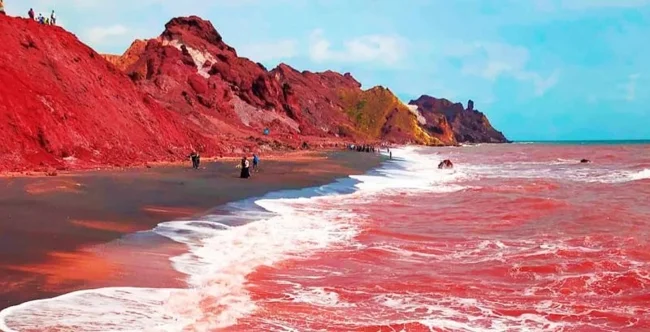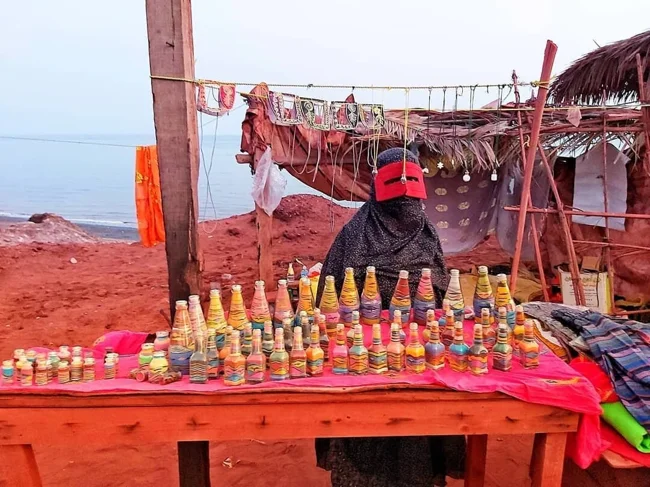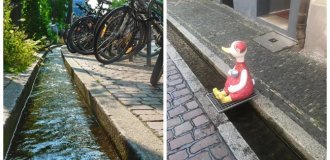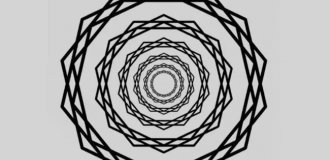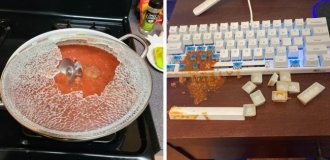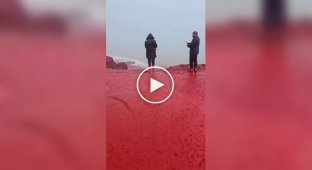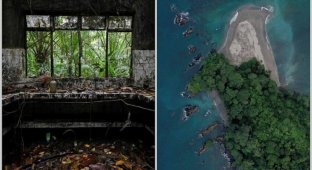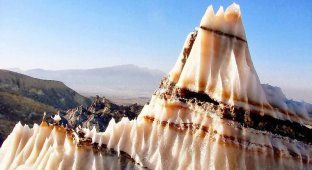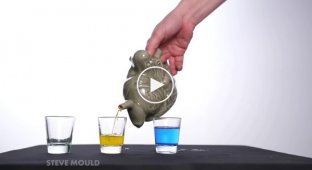The mesmerizing multicolor of the colorful Hormuz Island (9 photos + 1 video)
In the Persian Gulf, off the coast of Iran, about 8 kilometers from the mainland, is the island of Hormuz. This small teardrop-shaped piece of land is formed from rock salt, gypsum and anhydrite. 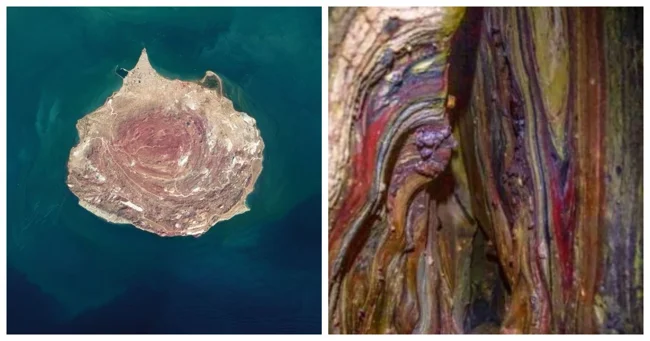
Thanks to its unique location near the strait of the same name, it has long been an important trading port, serving as a strategic outpost for several centuries. 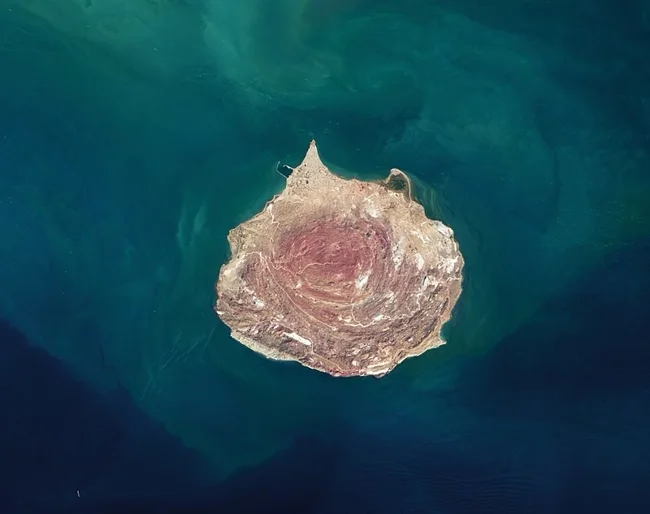
However, the days of its former greatness are in the past. Today, Hormuz is better known as a tourist attraction than a shopping center. 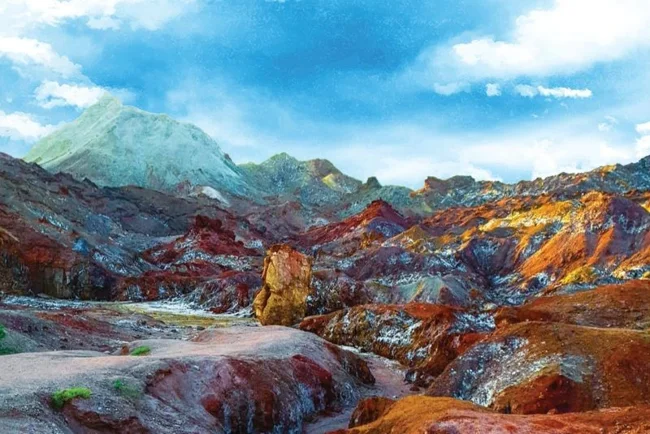
Hormuz Island is a true miracle of nature. Its territory is a salt dome that has risen through layers of rock. Rock salt, or halite, has unique properties: being weak and plastic, under high pressure it loses its brittleness and begins to flow like a liquid. In addition to the salt itself, the structure of the island includes clay, carbonates, shales and iron-containing volcanic rocks. 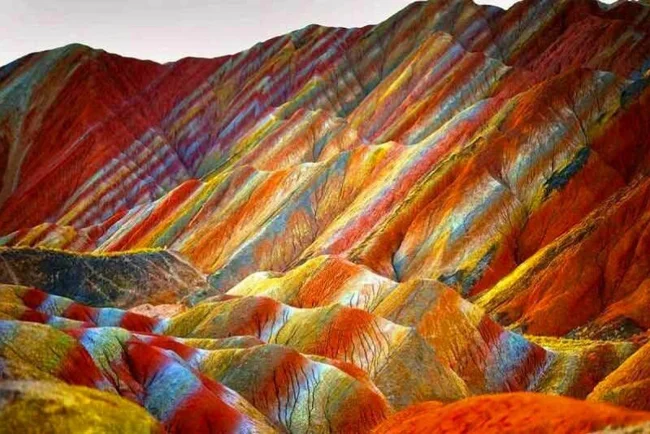
These elements, interacting with water and minerals from other layers, acquired bright shades of red, yellow and orange, creating amazing landscapes. 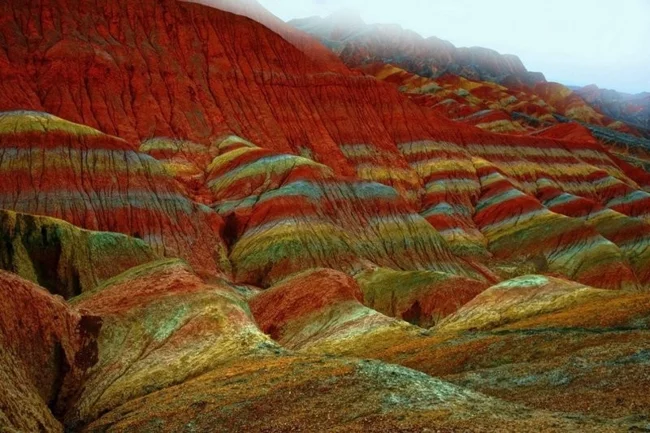
The ochre-red color stands out especially, it can be found everywhere: on the beaches, rocks and even in the vicinity of the island. Locals call this material golak and widely use it in various spheres of life. Sand from Hormuz Island has found its application in the production of paints, cosmetics, ceramic tiles and finishing materials for buildings. 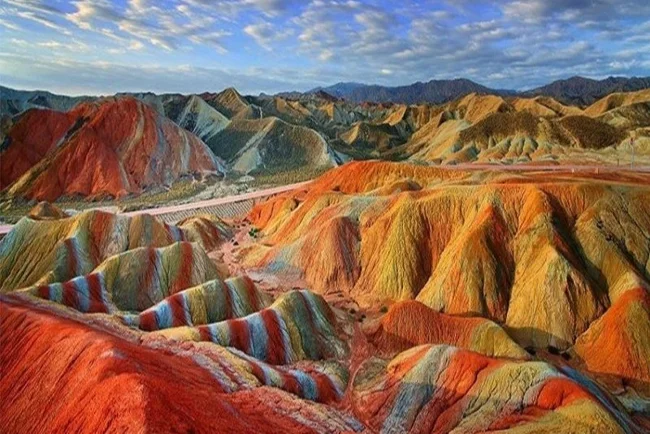
In addition, local residents of Hormozgan Province use golak in cooking. For example, one of the ingredients of the traditional Tomshi bread is the island's colored earth, which gives it a unique look and special taste. 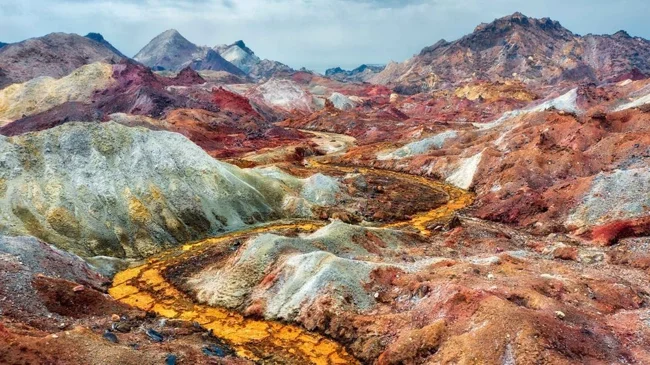
Hormuz Island is extremely dry, there is no fresh water, no vegetation, and it is very hot in the summer. The only regular visitors to the island are fishermen and those who mine rock salt and ochre red earth on the island. 